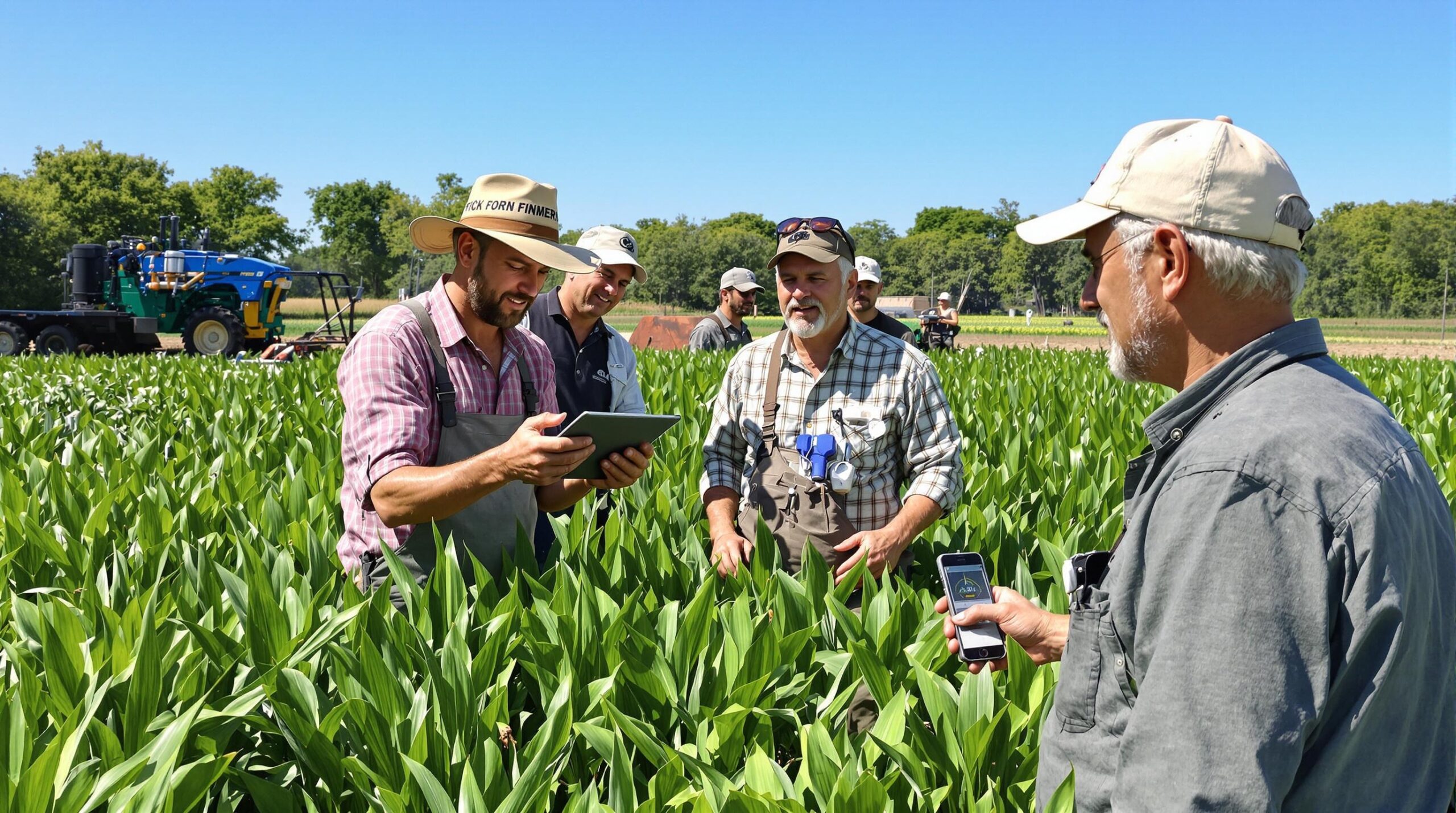Artificial Intelligence (AI) is transforming farming across the globe. Small communities are experiencing both benefits and challenges as new technologies reshape agriculture. As AI-driven innovations reach rural areas, traditional farming practices adapt to this digital era. The following article explores the specific impacts, opportunities, and obstacles AI brings to traditional farming in small communities.
Modernizing Traditional Methods with AI Technology
AI-driven tools are no longer limited to industrial-scale operations. Small farms are now testing automated machinery, sensors, and drones. These tools collect real-time data on soil conditions, weather, and crop health. Farmers can optimize irrigation and fertilization, reducing waste and increasing yields. AI models also predict pest outbreaks or disease, enabling timely intervention with fewer resources spent.
Traditional farming often relies on generational knowledge and manual observation. AI complements this wisdom with data-driven decision making. For example, image recognition can detect plant stress sooner than the human eye. Farmers can identify problems at early stages, protecting crops before severe damage occurs. The blend of AI insights and practical experience creates new efficiencies within these age-old practices.
Changing Labor Dynamics and Community Roles
AI introduction reshapes jobs in small farming communities. Tasks that once required many hands may now require just a few operators. Automated machinery like seed planters, sprayers, and harvesters reduces physical labor needs. As repetitive tasks become automated, the demand for technical skills increases for local workers.
Some community members may feel concerned about job losses or the decline of traditional roles. Training and retraining become essential as young people adapt to digital agriculture. Education programs and workshops can help bridge the gap, preserving local livelihoods. AI also opens the door to new opportunities, such as remote crop monitoring or data analysis. Community leaders play a vital role in managing this transition, ensuring everyone benefits from these advancements.
Improving Efficiency and Sustainability
AI offers significant advantages in increasing resource use efficiency. Precision farming allows small communities to make the best use of limited land and water. Algorithms customize irrigation schedules, directing water only where needed. This helps reduce water waste and ensures that crops thrive under varying weather conditions.
Fertilizer and pesticide applications also become more accurate with AI. Sensors analyze soil nutrients and alert farmers when and where to treat specific sections. This targeted approach limits the environmental impact of chemicals, preserving soil health for future generations. Sustainable practices ensure that farming remains viable for many years to come, supporting the community’s long-term prosperity.
Challenges of Technology Adoption
Despite its potential, AI adoption is not without issues. High costs for equipment and software can intimidate smaller farms. Access to reliable internet and technical support may be limited in rural areas. Farmers sometimes struggle to integrate complex systems into daily routines or find qualified experts for troubleshooting.
Language barriers and a lack of local content can slow training efforts. Many AI applications originate in different countries or with major agribusiness interests in mind. This can lead to products that do not perfectly align with the unique crops or traditions of small communities. Partnerships with local researchers and organizations can help adapt AI to fit local realities.
Preserving Community Values and Traditions
Introducing AI into traditional farming raises important cultural questions. Small communities place value on collective effort and time-honored methods. Automated solutions could alter communal work patterns or reduce social cooperation during planting and harvest seasons. Emotional connections with the land and ancestors are part of farming’s heritage, and technology should respect these identities.
Some communities find ways to blend AI advancements with rituals or community events. For example, smart irrigation might be monitored alongside traditional ceremonies for blessing the fields. By engaging elders and young people in technology projects, communities reinforce the importance of both innovation and tradition. Dialogue and collaboration ensure technology supports, rather than replaces, agricultural heritage.
Economic Opportunities for Small Communities
AI presents paths to greater income and financial security. Predictive analytics help farmers access better market prices by timing sales. Yield forecasts and crop reports allow communities to negotiate collectively and access new markets. Digital record-keeping creates transparent accounts for cooperative groups or farmers’ associations.
Online platforms powered by AI connect small farmers directly with buyers or supply chain partners. Traceability tools assure customers about food origins and safety. These initiatives can give small communities a competitive edge in niche or specialty markets. Increased revenues help fund schools, clinics, and local infrastructure, strengthening the overall community.
Future Prospects and Continuing Adaptation
Small communities are at a crossroads as AI continues to advance. The pace of change will likely increase in the coming years. Policymakers, researchers, and local leaders must collaborate to shape technology in ways that meet rural needs. Investment in rural broadband, technical training, and locally tailored applications can drive inclusive growth.
Continuous learning and experimentation remain essential. As more data is gathered on local conditions, AI tools will become increasingly responsive to small farm realities. When implemented thoughtfully, technology can enhance food security and rural resilience. Communities will need to balance efficiency with tradition, keeping their unique ways of life alive.
Conclusion: AI’s Lasting Influence on Rural Traditions
AI is making a visible impact on the traditional farming practices of small communities. While challenges exist, new opportunities are emerging for sustainable growth. The combination of local expertise and technological support promises a stronger, more resilient rural economy. By fostering dialogue, education, and inclusivity, small communities empower themselves to shape an agricultural future that honors both innovation and tradition.

